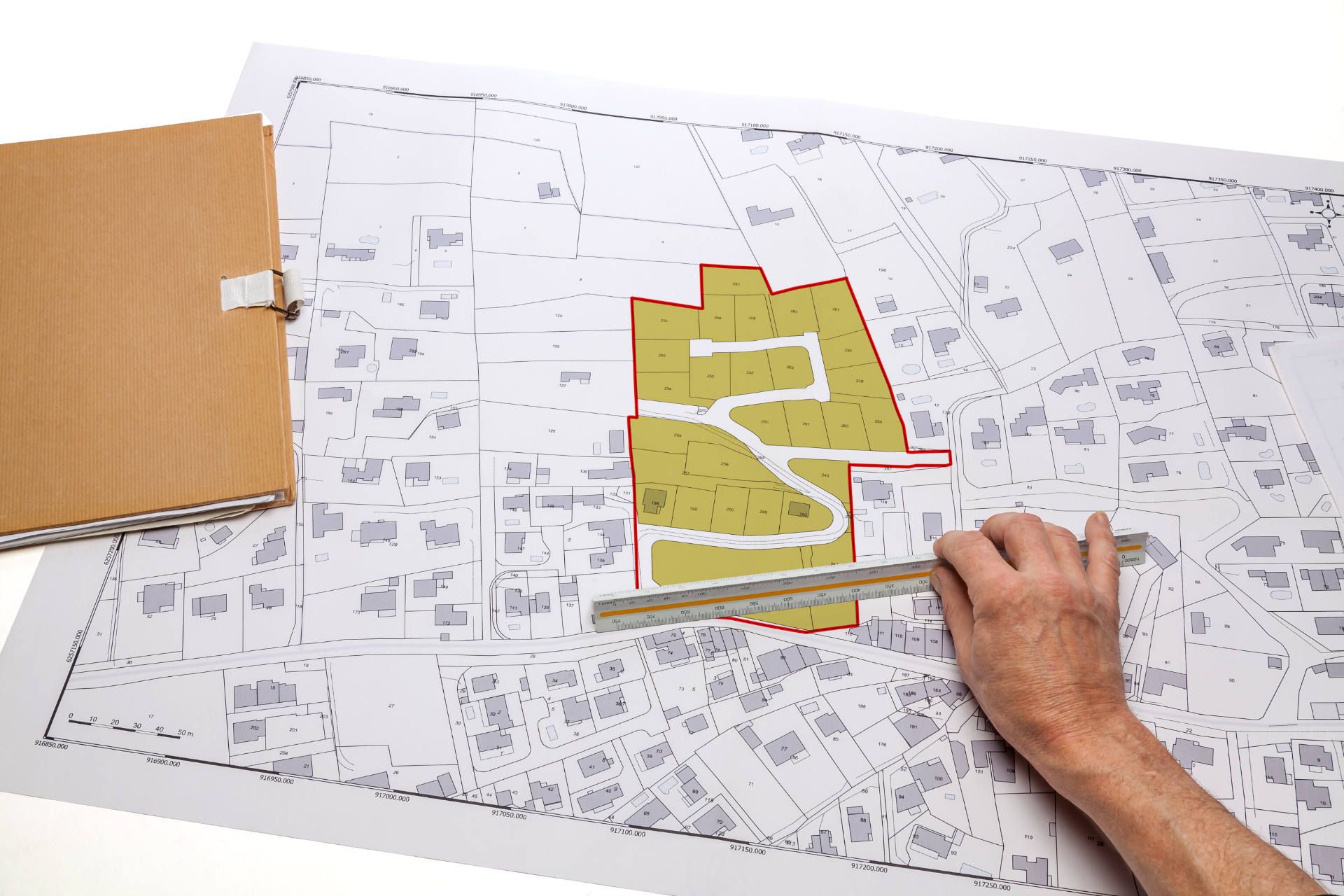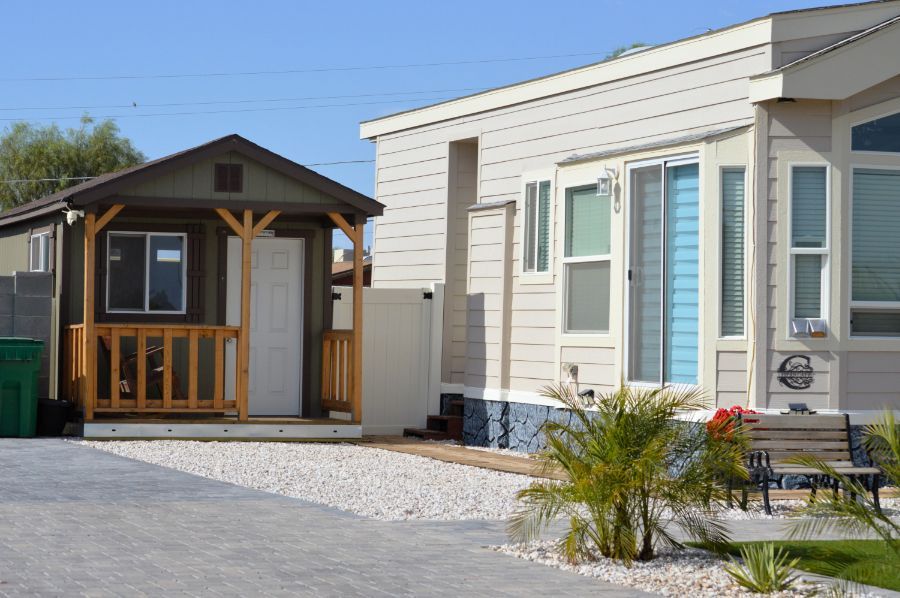How Your Lot Zoning Could Be Advantageous
Zoning Can Help Your Rental Property

When buying a single family home as an investment property many new homeowners tend to overlook an important element of their new property. Their lot zoning, being aware of the zoning lot of your property can open up the possibility of greatly increasing the income that property can provide.
Learning what zoning your property was built on can help you maximize the income of your Long Beach rental property to its fullest potential. Join me as we explore the advantages of knowing your lot zoning.
What is a Zoning Lot
In this case we’re talking about zoning lots as it pertains to the ability to build more units on your property. As an example, you may have purchased a single family home which was built in an R-2-N zoning lot, meaning it can be easier to add a second home, and an ADU. This has the potential to increase your income extraordinarily. Whereas if the house you purchased was built on an R-1-N zoning lot you may be limited to adding an ADU.
Generally speaking, Long Beach residential zoning lots are divided into 4 main zones. R-1 zoning lots support single family homes. R-2 Zoning lots support two-family residential homes. R-3 zoning lots are classified as low density multi-family homes. R-4 zoning lots are classified as dense multiple residential units.
Zoning Lots in Long Beach
In Long Beach many homes are built on zoning lots classified as R1 or R2 zones. Using the traffic circle in Long Beach as an example. The zoning map shows that south west of the traffic circle are R-2-N zones. Like previously stated R-2 zones make great investment properties because they can have more units such as a duplex and an ADU. This gives you the potential for 3 separate incomes on a single property.
Immediately north of the same traffic circle are many R-1 zoning lots. Though not bad investment properties, these do not have the same potential income as properties built on R-2 zoning lots. Though these typically cost less than a home built on an R-2 zone.
How your Zoning Lot can Increase Your Equity
Zoning lots that allow for more buildings allow for more equity. A simple way to look at it is if you purchase a house worth $1,000,000, each square foot is valued at $1,000. In an R-2 zoning lot, where you can build a second home, you would have the ability to double the living space, therefore double the value of each square foot. This in turn increases the value of this home to 2,000,000 while not investing another million to build. This means you would have 2 or more incomes from a single property. As well as equity you can take out for future investments including; purchasing more investment property or building more units on your existing properties.
Learning what zoning lot your property is on can drastically increase the potential income yield of that property. If you need help finding out what zoning lot your properties are built on, are looking for a high quality
full service property management company or if you require any further information on the services they provide call us at (562) 888-0247 or feel free to fill out our
free rental analysis to see what your rental could yield today.





